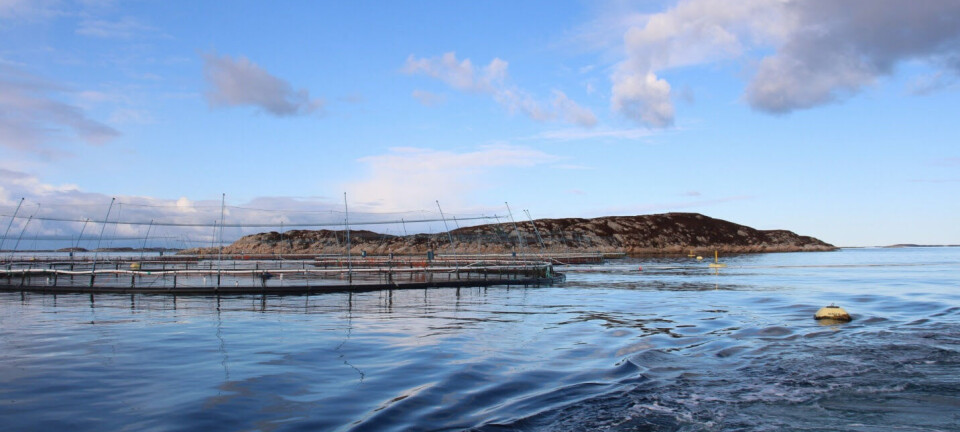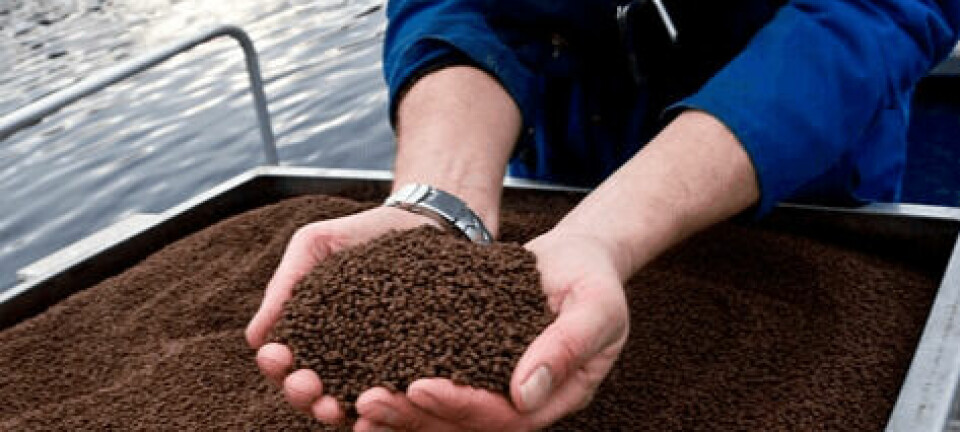Oyster disease outbreak in Nova Scotia
Tor-Eddie Fossbakk The owner, Bill MacLean, told the newspaper that the disease already has killed 90 per cent of the oysters in one location where it was found. Depending on its spread, it is also a threat to his other nearby leases. MacLean said he has already lost tens of thousands of dollars worth of oysters. He grows his own oysters on four leases at Alba Oyster Farms and buys oysters from local leaseholders and fishermen for his small processing facility. Even though MacLean has tried to harvest all the oysters from the infected farm, hoping to keep it from spreading to his other three leases, he is afraid Nova Scotia Fisheries officials will want to eradicate the infected farm completely. Malepeque disease can destroy oyster beds but there are no human health concerns, according to the Nova Scotia Fisheries and Aquaculture Department. When the disease hit Prince Edward Island, New Brunswick and the Gulf of St. Lawrence area of Nova Scotia in 1915, it depleted oyster stocks by as much as 90 per cent. It can take as long as 20 years for oyster stocks to rebound and develop a tolerance to the infection. Malepeque disease also has a very long (18-24 months) incubation period, meaning the monitoring will continue for several years. MacLean called on the government to step in with some financial assistance to help the oyster industry and to take steps to rebuild the oysters stocks, which are still struggling to recover from MSX disease. Nova Scotia has helped the land-based agricultural industry during times of crisis and the aquaculture industry should get the same consideration, he told the newspaper.























































